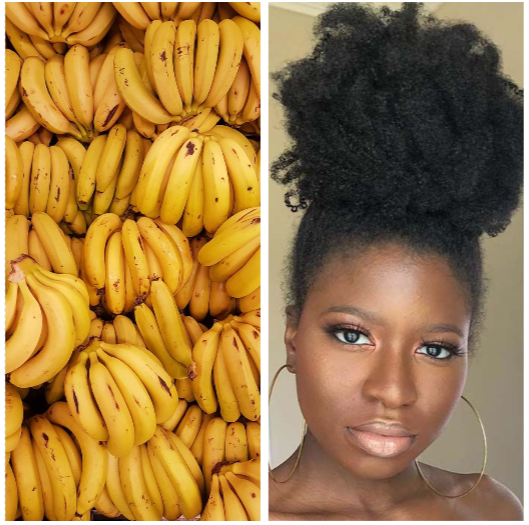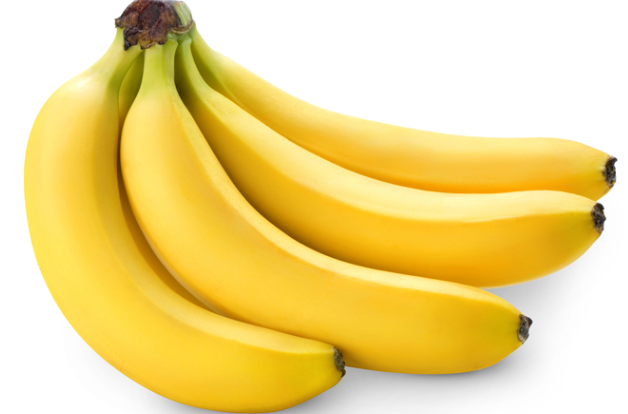Many people love mangoes because they are so sweet and juicy. When they are ripe, these beautiful fruits offer a taste of the tropics that is hard to beat. They are not just for eating on their own, though. Mangoes taste great in salsa, chutney, and many other recipes. Before you can enjoy a mango, there are a few steps you should follow to prepare it.
Table of Contents
- Selecting a Perfectly Ripe Mango
- Washing the Mango Properly
- Peeling a Mango for Eating Fresh
- Cutting a Mango into Pieces
- 1. Mango Cheeks
- 2. Mango Spears
- 3. Mango Slices
- 4. Mango Chunks
- Dealing with the Mango Seed
- Storing Cut Mangoes
- Freezing Mangoes for Later Use
- Ripening an Underripe Mango
- Enjoying Mangoes Safely
Selecting a Perfectly Ripe Mango
First, you need to find a mango that is just right to eat. A ripe mango will give a little bit if you squeeze it gently, but it won’t feel mushy. Stay away from mangoes with wrinkled skins or dark spots.
Keep in mind that ripe mangoes can be different colors – like orange, red, yellow, or green – depending on their type. A good example is the Ataulfo mango, which turns a rich gold when it’s ready to eat. Check how the mango smells near the stem; if it’s ripe, it should have a sweet and fruity smell. If the mango doesn’t have much of a scent, it’s probably not ripe yet.
Washing the Mango Properly
After you pick your mango, make sure to wash it well. This gets rid of any chemicals left on the skin, as well as dirt. Wash it under cold water and then dry it off with a clean towel or a piece of paper towel. Don’t put it in a bowl of water, though, as this might make it go bad faster.
Peeling a Mango for Eating Fresh
Peeled mangoes are easier to eat. You can peel them over the sink or lay down some paper towels to catch any drips. Take a sharp knife and carefully slice off the skin from the top down. If you’re worried about cutting yourself, try using a veggie peeler instead. That way, you can peel the mango a little bit at a time – you can even leave some peel on if you want to use it later as a decoration.
Cutting a Mango into Pieces
There are different ways to cut a mango:
1. Mango Cheeks
First, you can get the ‘cheeks’, which are the bigger pieces on either side of the big seed. Stand the mango up and slice down the sides of the seed. Once you have the cheeks, make a grid pattern by scoring the flesh but not through the skin. Then, you can scoop out the cubes with a spoon.
2. Mango Spears
If you prefer spears, lay the mango on its side and cut it into slices around the seed. You can then cut these slices into thinner spears.
3. Mango Slices
For simple slices, put the mango down on its wide side and slice it, being careful to avoid the seed. Do the same on the other side to get even slices.
4. Mango Chunks
To make chunks, stand the mango up and make crisscross cuts like you would for spears, but smaller, so you get cubes instead of long pieces.
Dealing with the Mango Seed
The center of the mango holds the large seed called the ‘endocarp’, which isn’t eaten fresh. Sometimes, it’s dried and ground into powder for cooking, giving a sour taste to dishes. If you’re not using it this way, just throw the seed away when you’re cutting your mango.
Storing Cut Mangoes
Cut mangoes start to go bad after a little while. It’s best to eat them soon after you cut them up. If you have some left over, put them in a sealed container in the fridge. You should eat them within 2-3 days because they might get brown. To keep them from browning too much, you can sprinkle some lemon or lime juice over them.
Freezing Mangoes for Later Use
If you want to keep mangoes for longer, you can freeze them. Peel and cut the mango into chunks, spread them out on a tray with parchment paper, and freeze. Once they’re solid, you can move them to freezer bags. They will still be good for up to six months.
Ripening an Underripe Mango
Sometimes you might end up with a mango that isn’t ripe yet. To make it ripe faster, put the mango in a paper bag with an apple or banana. These fruits give off gas that makes other fruits ripen faster. Check it every day until it smells sweet and feels a bit soft.
Enjoying Mangoes Safely
Some people might find that mangoes can cause irritation because of natural substances in the fruit. Be careful when handling and peeling mangoes, and wash your hands and any tools you use afterward.
Once your mango is ripe, there are many ways to enjoy it. Try adding it to different kinds of recipes or just enjoy it by itself for its delicious taste. These tips will help you choose, prepare, and store your mango so you can love every bite.








